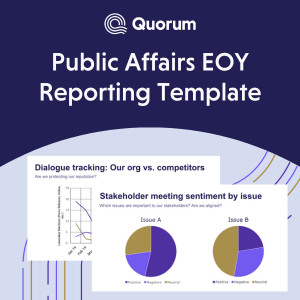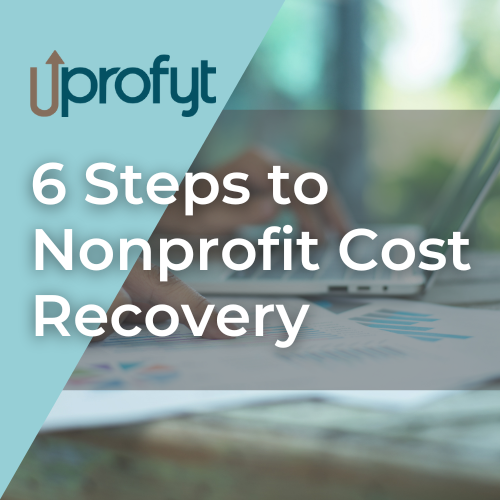
2017 Nonprofit CFO of the Year, Guy Sheetz, Talks the Tax Cuts and Jobs Act
Guy Sheetz, Chief Financial and Administrative Officer for the Futures Industry Association, is the 2017 Nonprofit CFO of the Year. His accomplishments that led to this honor include helping in the association’s merger with Futures’ associations in Europe and Asia and refocusing the organization from a national body to a powerful global voice. Additionally, his work with the FIA Technology Services, a for-profit subsidiary, has saved the industry an estimated $200 million over the past seven years.
Having first worked in the for-profit world, he joined FIA eight years ago. Since that time, he has seen greater pressure put on finance professionals to make their nonprofits more transparent. Especially since data has become easier for the public to access. Sheetz recently discussed what nonprofit finance professionals face today.
“Managing a nonprofit, we have to have good controls, to ensure they are transparent,” Sheetz said. He cited the recently passed Tax Cuts and Jobs Act as a new concern for nonprofits. With this legislation comes uncertainty because it will be such a major change, though more so for donor-based organizations than (c)6 groups, such as FIA. Many analysts predict overall deductions to charitable nonprofits will be lower because of changes included in the law.
For donor-based organizations, Sheetz says, “(the answer) is transparency in how you’re benefiting your donors. The first thing to do is to make sure your in-house operations are as good as possible.” Still, with the new law affecting executive compensation and UBIT, Sheetz maintains, “this will be more complicated to arrange and measure internally,” with the need to have “more discussions with boards.”
According to an article by GKG Law published by Association TRENDS, the Tax Act potentially increases association taxes by creating a new code that imposes an excise tax on executive compensation. While this will increase the taxes of certain associations, the final version of the Tax Act eliminates the provision that would have extended penalties to organization’s exempt under sections 501(c)(5) and 501(c)(6).
As for UBIT, the Tax Act includes several changes that will increase the amount of association income that may be subject to tax as unrelated business income. However, the effect of the increase in the amount of taxable income may be partially offset by the Tax Act’s reduction in the corporate tax rate.
In this time of change, Sheetz’s relayed his advice to up-and-coming nonprofit financial professionals. First and foremost, keep your principles. “Having a good process, internal control, leadership team and board engaged with, always gets you ahead of the game.” Additionally, the beginning of the year is often a time for executive transition at the highest level. Sheetz advises incoming association CEOs, “take the time to understand the core metrics, finance status of where you are and spend time getting into the numbers. Make sure you outline what your expectations are for short-, medium- and long-term growth or development patterns within the organization, and work with the CFO to meet those objectives.”
To learn more about the Tax Cuts and Jobs Act, join Association TRENDS for the Webinar, “Tax Reform for Nonprofit Organizations – What We Know So Far About the New Tax Cuts and Jobs Act” on March 6th from 2:00 pm – 3:00 pm.


